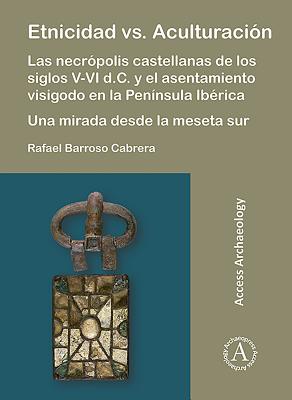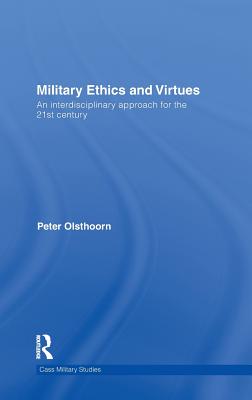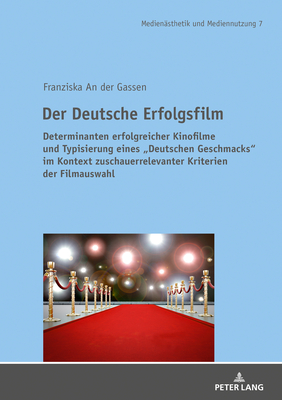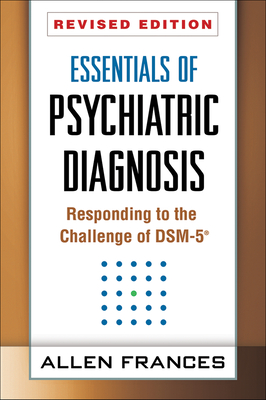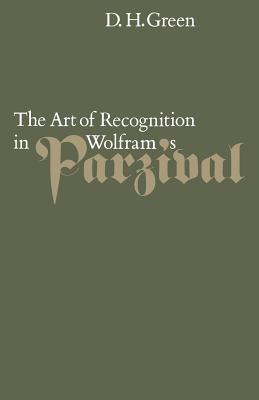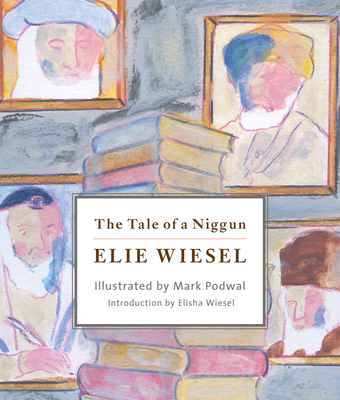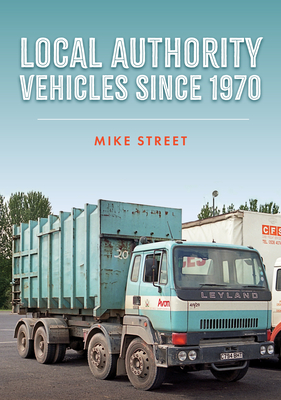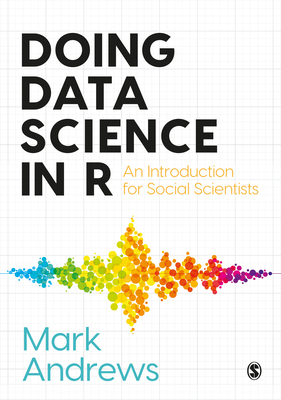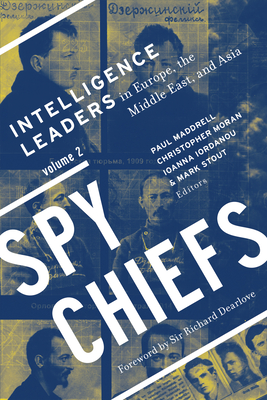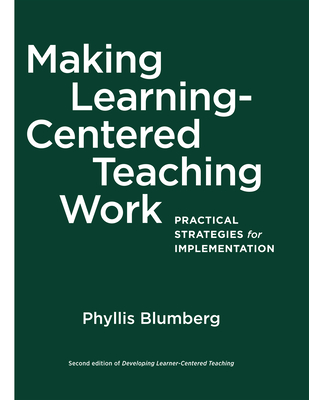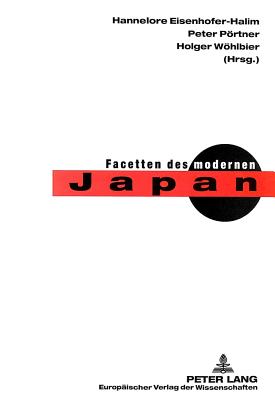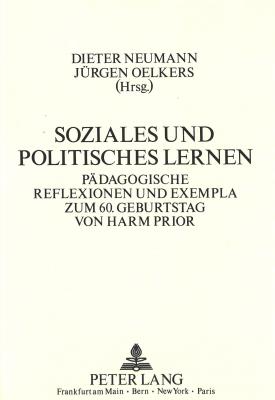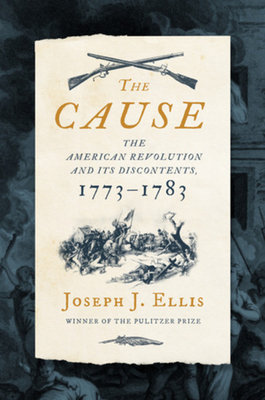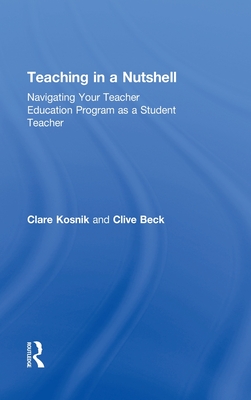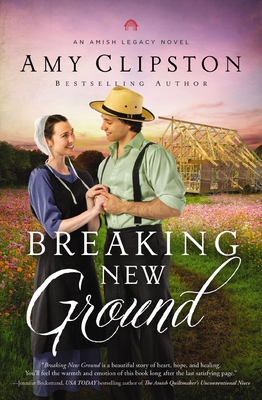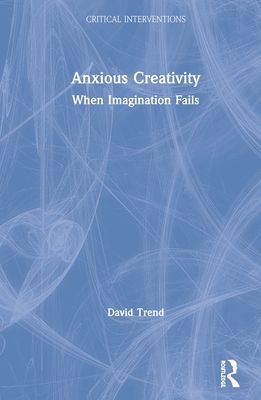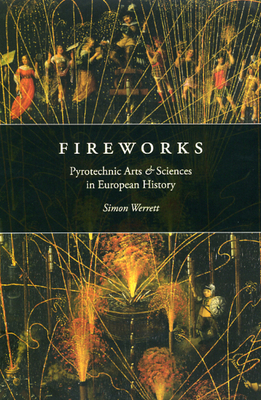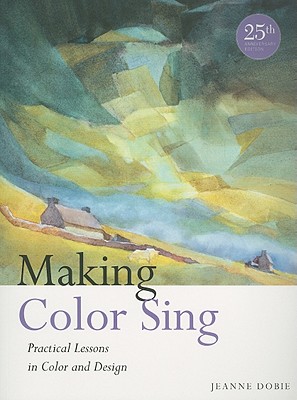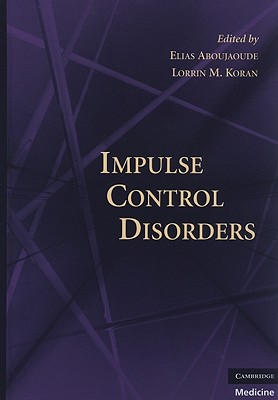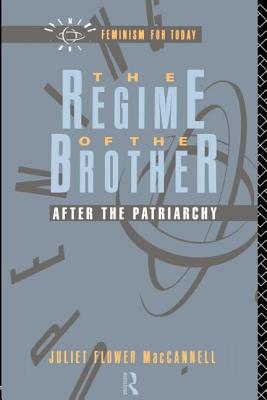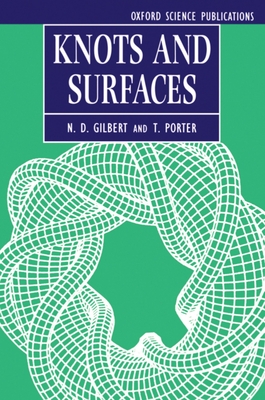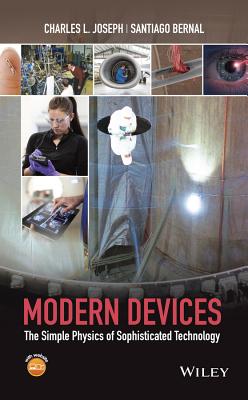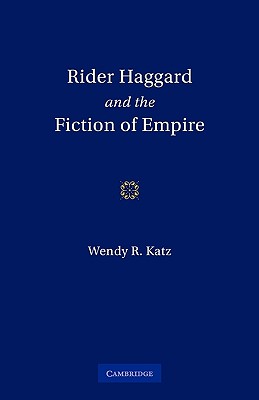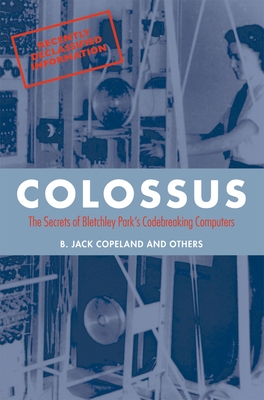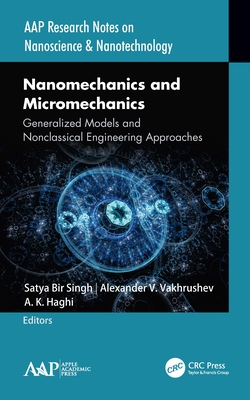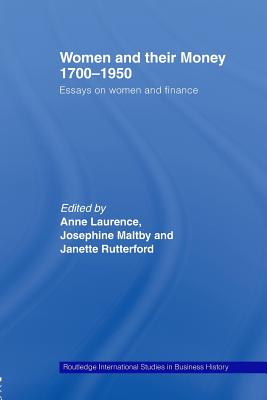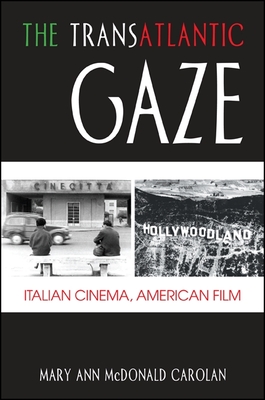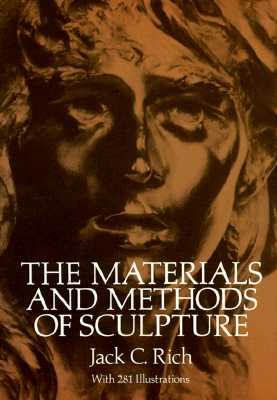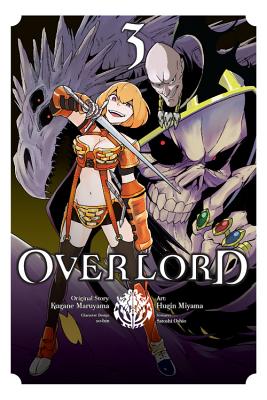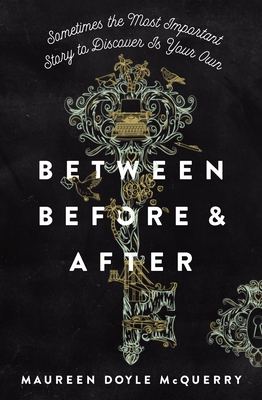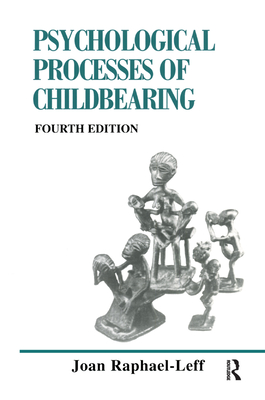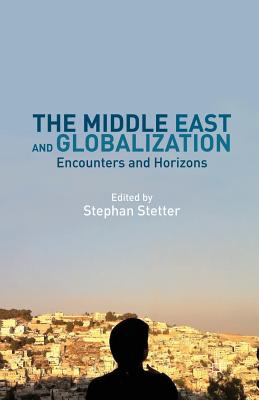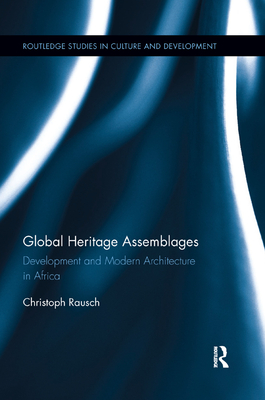A study of the political and archaeological controversies surrounding the Castilian Necropoleis of the V-VI Centuries AD and the Visigoth Settlement in the Iberian Peninsula. The author attempts to deconstruct the various controversies and presents fresh analysis based on the archaeological data and literary evidence.
The Visigoth settlement in the Iberian Peninsula and its relationship with the archaeological record of the 5th-6th centuries AD continues to be one of the most controversial issues in Spanish archaeology. The controversy relates to politics as much as it relates to archaeological research with two points remaining particularly controversial: the alleged use of the Visigoth past by the Francoist intelligentsia as an ideological affirmation of the regime and the contribution of archaeologist Julio Martínez Santa-Olalla in supporting and enabling this re-interpretation of Visigothic archaeology. The purely archaeological aspect of the controversy relates to an archaeological interpretation, stemming from the ranks of the so-called New Archeology, of the Castilian necropoleis containing grave goods of Pontic-Danubian type. This interpretation places special emphasis on social and cultural phenomena above the ethnic criteria defended by the Vienna School. This volume approaches the ideological question that underlies these controversies, as well as their repercussions in the direction adopted by later archaeological investigations in relation to the history of Spain. The author attempts to deconstruct the work of Martínez Santa-Olalla and places it in the context of the scientific production of his time. At the same time, it relativizes the role played by the Visigoth period in the Francoist ideological construction. Once the discussion is framed in these terms, the author dedicates his study to a refutation of the cultural interpretation of the phenomenon of the Visigothic necropoleis of the Castilian plateau based on the archaeological data and by comparing this data with literary sources. The study also addresses two other historical problems that could be related to the Gothic settlement in the Castilian plateau: the creation of the bishopric of Segovia and the flourishing of the city of Toledo. | El asentamiento visigodo en la Península Ibérica y su relación con el registro arqueológico de los siglos V-VI d.C. continúa siendo en la actualidad una de las cuestiones más controvertidas de la arqueología española. Gran parte de esa controversia tiene que ver con aspectos que trascienden a la propia investigación arqueológica y nos sitúan en el plano de la política. Así, a la hora de abordar el problema hay dos puntos que han resultado especialmente polémicos: la presunta utilización del pasado visigodo por parte de la intelectualidad franquista como afirmación ideológica del régimen y la contribución del arqueólogo burgalés Julio Martínez Santa-Olalla en la fijación del esquema de arqueología visigoda. Por otro lado, el aspecto puramente arqueológico de la controversia tiene que ver con la interpretación que desde las filas de la denominada New Archaeology se viene realizando de las necrópolis castellanas con ajuares de tipo póntico-danubiano. Dicha interpretación hace especial hincapié en fenómenos sociales y culturales por encima de los criterios étnicos defendidos por la Escuela de Viena. El presente estudio aborda de forma lúcida la cuestión ideológica que subyace detrás de la polémica, así como las repercusiones que ha tenido en la posterior dirección adoptada por la investigación arqueológica en relación con la propia historia de España. En este sentido, el autor realiza un ejercicio de deconstrucción de la figura de Martínez Santa-Olalla y lo sitúa en el contexto de la producción científica de su época. Al mismo tiempo, relativiza el papel desempeñado por el periodo visigodo en la construcción ideológica franquista. Una vez situada la discusión en estos términos, el autor dedica su estudio a una refutación de la interpretación en clave cultural del fenómeno de las necrópolis visigodas de la meseta castellana desde los propios datos arqueológicos y a partir del cotejo de estos datos con los testimonios que proporcionan las fuentes literarias. Además, el presente estudio aborda también otros dos problemas históricos que podrían estar relacionados con el asentamiento godo en la meseta castellana: la creación de la sede episcopal segoviana y el auge de la ciudad de Toledo.
Get Etnicidad vs. Aculturacion: Las necropolis castellanas de los siglos V-VI d.C. y el asentamiento visigodo en la Peninsula Iberica. Una mirada desde la meseta sur by at the best price and quality guranteed only at Werezi Africa largest book ecommerce store. The book was published by Archaeopress and it has pages. Enjoy Shopping Best Offers & Deals on books Online from Werezi - Receive at your doorstep - Fast Delivery - Secure mode of Payment
 Jacket, Women
Jacket, Women
 Woolend Jacket
Woolend Jacket
 Western denim
Western denim
 Mini Dresss
Mini Dresss
 Jacket, Women
Jacket, Women
 Woolend Jacket
Woolend Jacket
 Western denim
Western denim
 Mini Dresss
Mini Dresss
 Jacket, Women
Jacket, Women
 Woolend Jacket
Woolend Jacket
 Western denim
Western denim
 Mini Dresss
Mini Dresss
 Jacket, Women
Jacket, Women
 Woolend Jacket
Woolend Jacket
 Western denim
Western denim
 Mini Dresss
Mini Dresss
 Jacket, Women
Jacket, Women
 Woolend Jacket
Woolend Jacket
 Western denim
Western denim
 Mini Dresss
Mini Dresss



